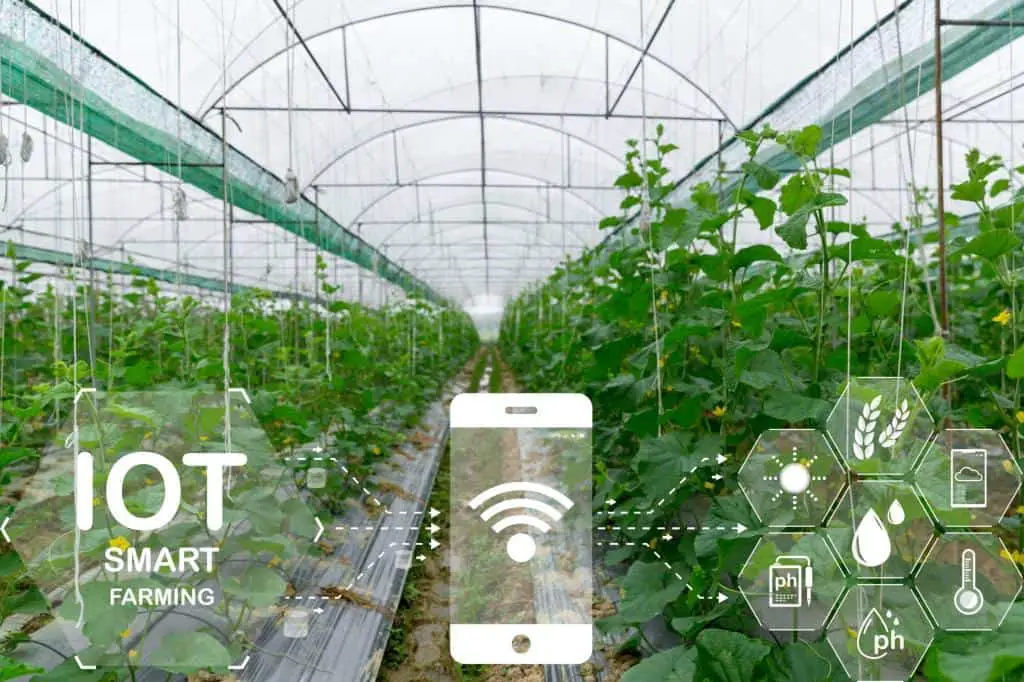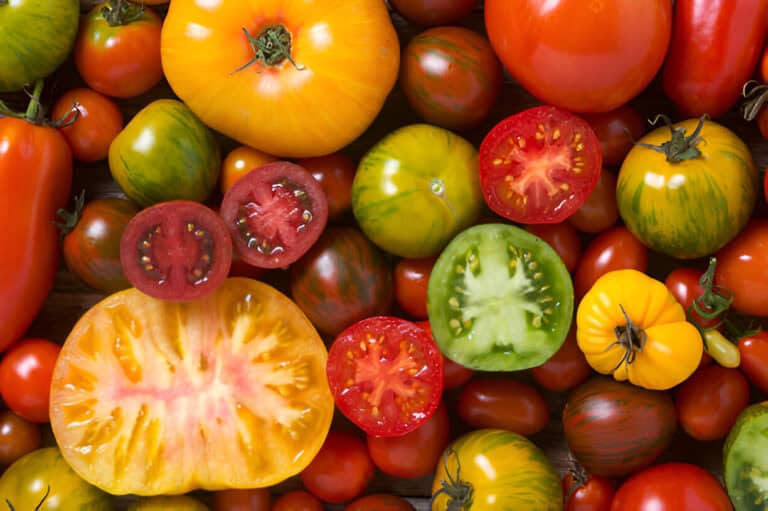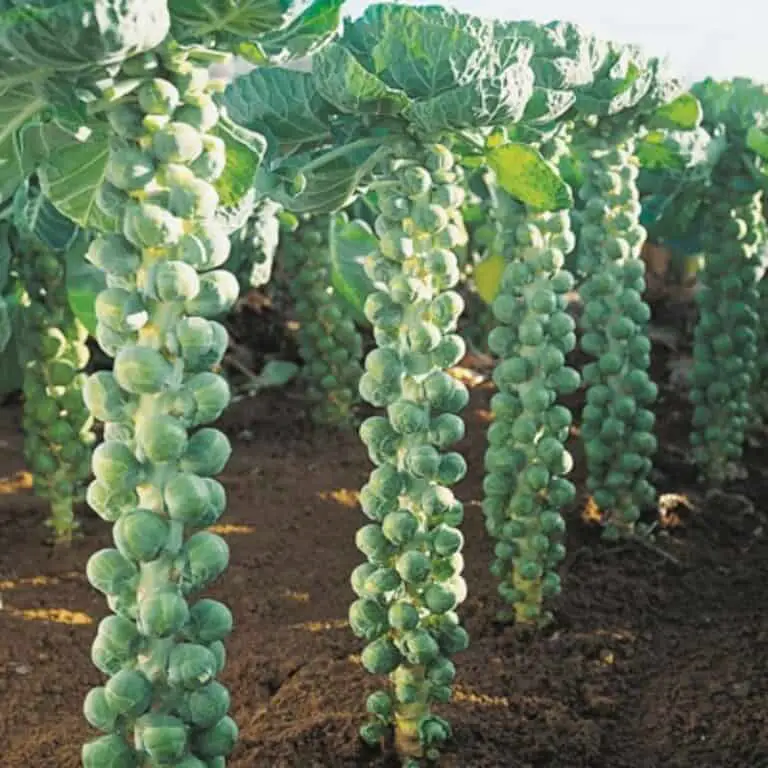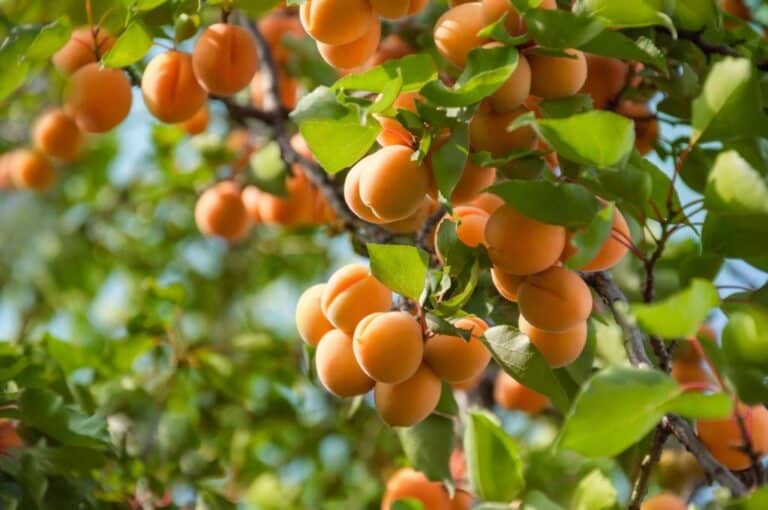Agriculture and Agriscience: What Is the Difference?

Welcome to the fascinating world of agriculture and agriscience! Have you ever wondered about the difference between these two terms? In a world where food production and sustainability are of paramount importance, it’s crucial to understand the nuances and unique contributions of agriculture and agriscience.
Agriculture and agriscience are two closely related fields that play a crucial role in our society. While they share common goals and principles, they differ in their focus and approaches.
Join us on this fascinating journey as we discover the differences, examine the synergistic relationship, and illuminate the crucial roles agriculture and agriscience play in food production. Get ready to delve into a world where ancient traditions meet cutting-edge innovation, where the art of farming meets the science of progress.
Agriculture: The Foundation of Food Production
Agriculture is a broad term that encompasses all activities related to cultivating crops and raising livestock for food, fiber, and other useful products. It involves the art and science of growing plants and raising animals to meet the needs of a growing population. Agriculture has been practiced for thousands of years and has evolved significantly over time.
Key Aspects of Agriculture
Agriculture encompasses various key aspects that contribute to food production and sustainability:
- Crop Production: This involves the cultivation of plants for food, feed, and fiber. Farmers grow a wide range of crops such as grains, fruits, vegetables, and oilseeds. They use various techniques to ensure optimal growth, including proper irrigation, fertilization, pest control, and crop rotation.
- Livestock Production: Livestock farming involves the rearing of animals for meat, milk, eggs, and other products. It includes raising cattle, pigs, poultry, sheep, and goats. Livestock farmers focus on animal welfare, nutrition, breeding, and disease prevention. This is to ensure the health and productivity of their herds.
- Soil Management: Maintaining healthy soils is crucial for sustainable agriculture. Conservation tillage, cover cropping, and nutrient management prevent soil erosion, improve fertility, and protect the environment.
- Farm Management: Planning, organizing, and controlling agricultural operations maximizes productivity and profitability. Farmers make strategic decisions of resource allocation, marketing, risk management, and technological adoption.
Agriscience: The Intersection of Science and Agriculture
Agriscience is an interdisciplinary field that combines biology, chemistry, engineering, and other sciences to enhance agricultural practices.
It represents the application of scientific principles and practices to agricultural production. It uses science and technology to boost agricultural productivity and solve farmers’ problems.
Key Aspects of Agriscience
Agriscience covers a wide range of scientific disciplines and innovations that contribute to agricultural advancements:
- Crop Science: Agriscientists use genetics, breeding, and biotechnology to improve crop yield, pest resistance, and nutrition. They use precision agriculture and hydroponics to maximize resource use and reduce environmental impact.
- Animal Science: This branch of agriscience focuses on understanding animal physiology, nutrition, genetics, and reproduction. Animal science agriscientists optimize nutrition, breeding, and disease management to improve livestock health, production, and product quality.
- Soil Science: Soil scientists analyze the physical, chemical, and biological properties of soils to optimize fertility, nutrient management, and soil health. They develop soil conservation strategies, assess soil contamination, and provide recommendations for sustainable land use.
- Environmental Science: Agriscientists in this field study the environmental effects of agricultural practices and work to mitigate them. They study topics such as water quality, air pollution, biodiversity, and climate change to develop sustainable farming systems and conservation practices.
Differences between Agriculture and Agriscience
| Agriculture | Agriscience |
| Focuses on farming | Focuses on the scientific aspects of agriculture |
| Primarily concerned with | Integrates various disciplines such as biology, chemistry, |
| crop and livestock | physics, and engineering to enhance agricultural practices |
| production | and innovation |
| Traditional practices and | Applies research and technology to improve efficiency, |
| methods | productivity, and sustainability in agricultural systems |
| Emphasizes the practical | Emphasizes the theoretical and experimental aspects of |
| application of knowledge | agricultural science |
| Relies on experience and | Utilizes scientific research, data analysis, and technological |
| inherited wisdom | advancements to drive progress in the field |
| Focuses on meeting current | Focuses on addressing future challenges in agriculture, such |
| food demands | as climate change, food security, and sustainable practices |
| Involves activities such | Involves activities such as planting, harvesting, breeding, |
| as cultivation, irrigation, | and raising animals for food and other agricultural purposes |
| and pest control |
Please note that this table provides a general overview of the differences between agriculture and agriscience. The field of agriscience is broad and encompasses various disciplines and applications.
Synergistic Relationship: Agriculture and Agriscience

While agriculture and agriscience are distinct, they are connected and rely on each other for progress and innovation. The application of agriscientific knowledge enhances agricultural practices, leading to increased productivity, sustainability, and profitability.
Agriculture benefits from agriscscientific advancements in several ways:
- Improved Yield and Efficiency: Agriscience helps develop high-yielding crop varieties and advanced farming techniques that optimize resource utilization. Precision agriculture helps farmers monitor and manage their fields, increasing productivity and reducing waste.
- Enhanced Disease and Pest Management: Agriscientific research contributes to the development of pest-resistant crops and effective disease management strategies. By understanding the biology and behavior of pests and pathogens, agriscientists can develop integrated pest management approaches that minimize the use of chemical pesticides while maintaining crop health.
- Sustainable Farming Practices: Agriscience plays a crucial role in promoting sustainable agriculture. It helps develop environmentally friendly practices such as organic farming, conservation tillage, and agroforestry. These methods reduce soil erosion, conserve water, and minimize the impact on ecosystems, ensuring long-term sustainability.
- Nutritional Improvement: Agriscientists work towards improving the nutritional quality of crops and animal products. They improve food nutrients through breeding and biotechnology, addressing nutritional deficiencies and promoting healthier diets.
On the other hand, agriculture provides the foundation and practical context for agriscience research:
- Real-World Testing: Agriscientists rely on farmers and agricultural systems to test and implement their research findings. Agriscientists can test their theories and see how their innovations work in agriculture.
- Data Collection and Analysis: Farmers generate vast amounts of data through their day-to-day operations. This data, including crop yields, soil health indicators, and weather patterns, serves as valuable information for agriscientists. By analyzing this data, they can identify patterns, develop models, and gain insights to improve agricultural practices.
- Practical Challenges and Feedback: Farmers encounter various challenges and obstacles in their agricultural operations. These challenges provide valuable feedback to agriscientists, helping them identify areas of improvement and focus their research on addressing specific needs and problems faced by farmers.
Future Trends in Agriculture and Agriscience
Various trends and difficulties are shaping the future of agriculture and agriscience. Some key factors to consider include:
- Climate Change and Resilience: Climate change poses significant challenges to agriculture, such as changing weather patterns, increased pests and diseases, and water scarcity. Developing climate-resilient crops, implementing adaptive farming practices, and investing in climate-smart technologies are crucial for the future of agriculture.
- Sustainable Intensification: The concept of sustainable intensification emphasizes maximizing agricultural productivity while minimizing negative environmental impacts. This approach involves integrating sustainable practices, innovative technologies, and efficient resource management to meet the increasing global food demand.
- Digital Transformation: The integration of digital technologies, such as Internet of Things (IoT), artificial intelligence, and blockchain, will continue to transform agriculture. Smart farming systems, data-driven decision-making, and precision agriculture will become more prevalent.
- Urban Agriculture: As urbanization continues, urban agriculture offers opportunities to address food security, reduce food miles, and improve urban resilience. Rooftop gardens, vertical farms, and community-supported agriculture are examples of urban agriculture initiatives.
- Circular Economy in Agriculture: The concept of a circular economy focuses on minimizing waste and maximizing resource efficiency. Applying circular economy principles to agriculture involves recycling organic waste, utilizing by-products, and adopting regenerative farming practices.
- Consumer Demand for Sustainability: Consumers are increasingly conscious of the environmental and social impacts of their food choices. This trend drives demand for sustainably produced and ethically sourced agricultural products. Farmers and agribusinesses that prioritize sustainability will be better positioned to meet consumer preferences.
- Collaboration and Partnerships: Addressing complex challenges in agriculture requires collaboration among stakeholders, including farmers, researchers, policymakers, and businesses. Public-private partnerships, knowledge sharing platforms, and interdisciplinary approaches will be essential for driving innovation and fostering sustainable agricultural systems.
Conclusion
Agriculture and agriscience are distinct yet interconnected aspects of the agricultural industry. Agriculture encompasses the broad range of activities involved in crop and livestock production, while agriscience applies scientific principles and innovations to improve agricultural practices. They work hand in hand, with agriscience providing knowledge and advancements to enhance the productivity, sustainability, and efficiency of agriculture.
By recognizing and leveraging the synergistic relationship between agriculture and agriscience, we can continue to drive advancements and address the challenges faced by the global food system.






